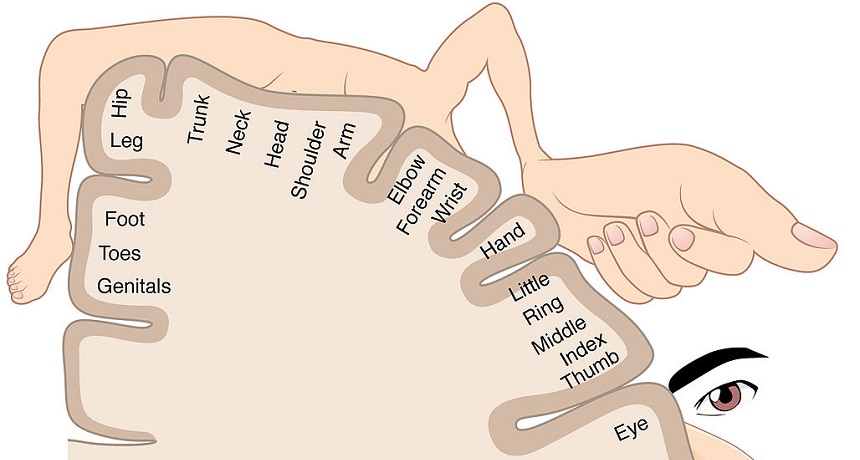Scientists Say: Cortical homunculus
Your body parts are mapped on to your brain

This homunculus shows the parts of the body next to the areas of the brain that process their sense of touch. The parts that are large use a lot of brain area.
ANATOMY & PHYSIOLOGY, CONNEXIONS WEB SITE. HTTP://CNX.ORG/CONTENT/COL11496/1.6/







